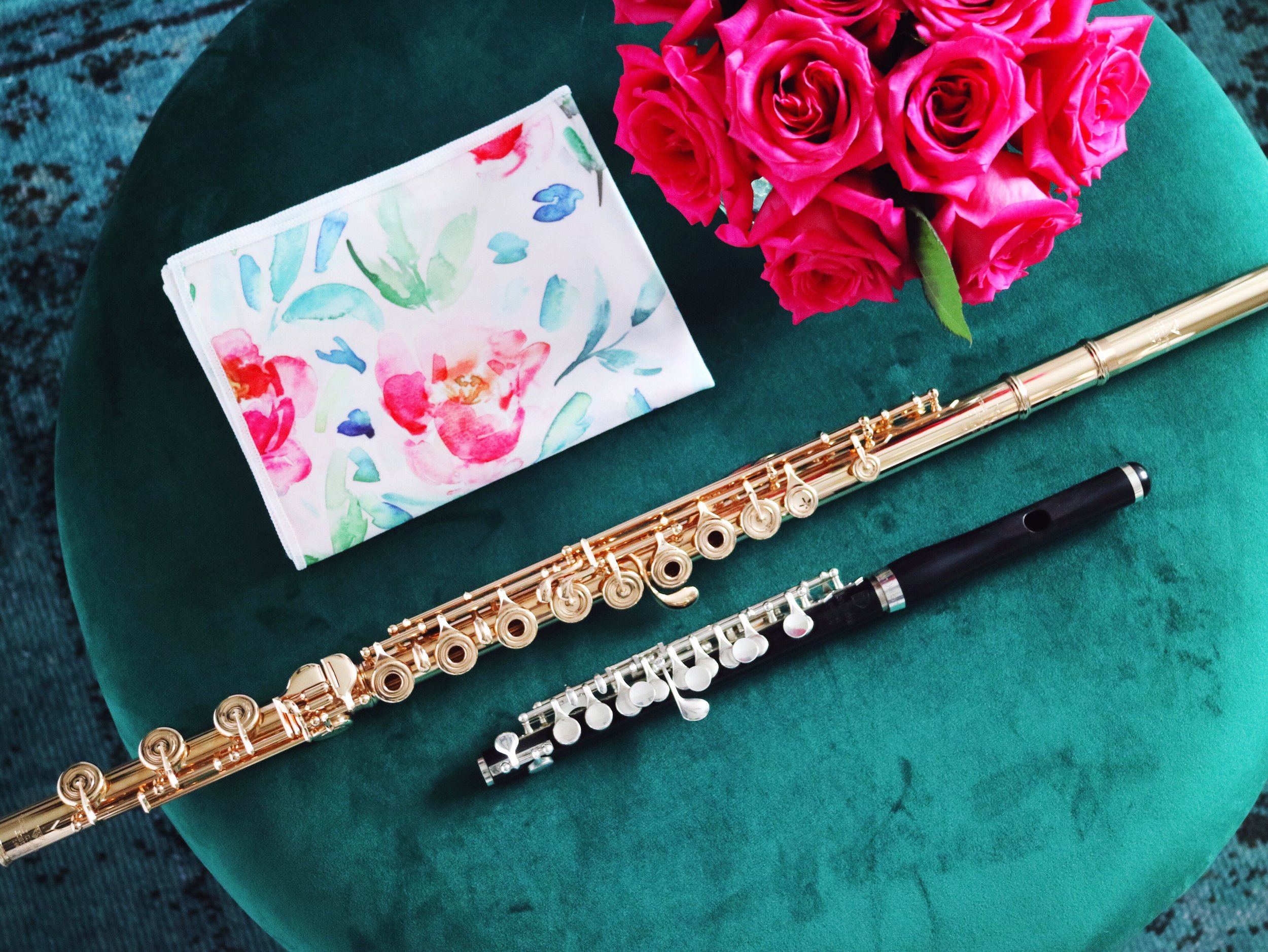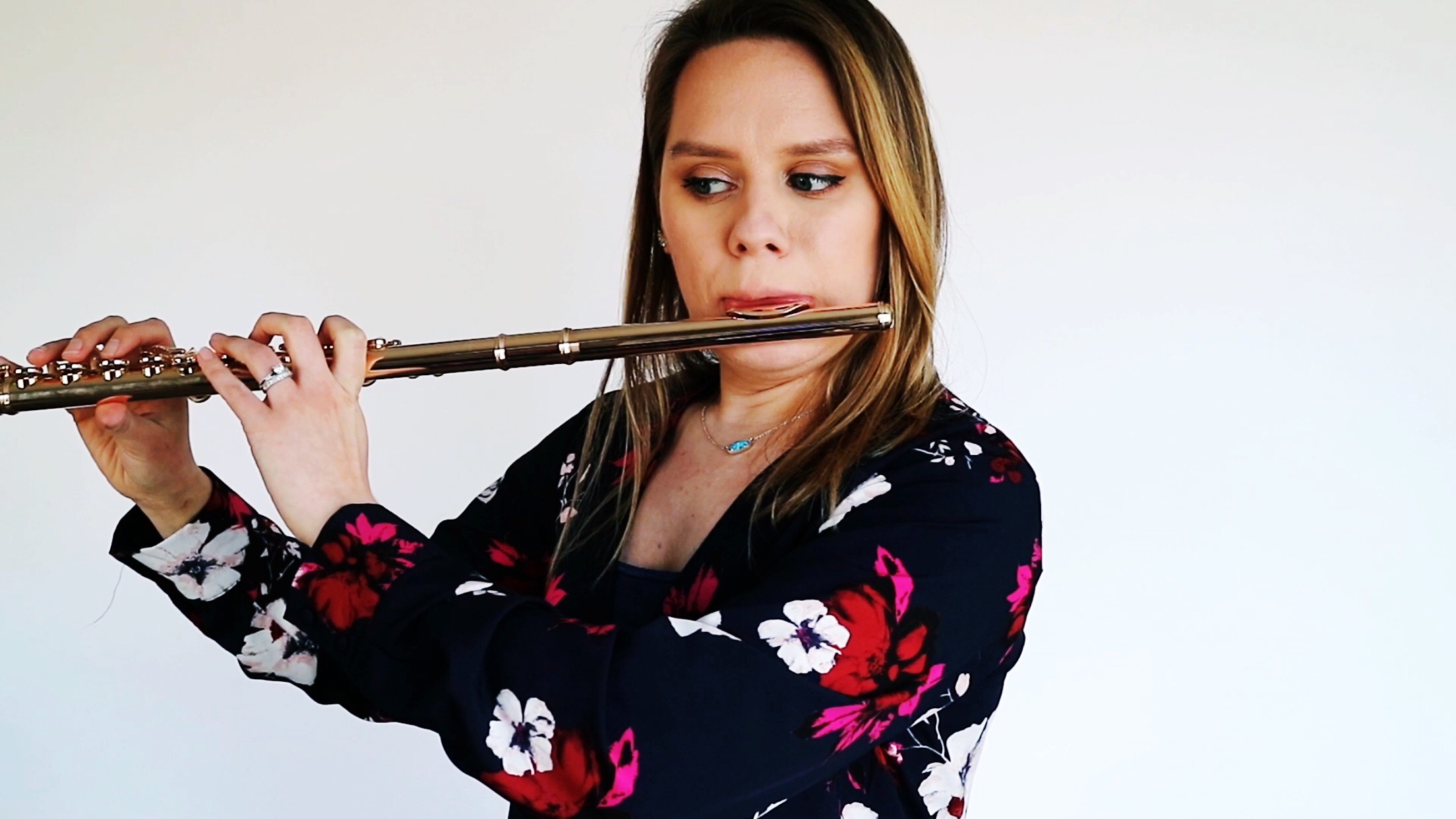What Did You Notice? Guiding Students to Their Own Revelations
What’s one of the first things I say after a student plays?
“What did you notice?”
As a teacher, I hear all kinds of things when my students play, and it’s my job to help them hear their potential and guide them to improvements!
Starting from this question, students can guide themselves to their own breakthroughs, and I think it’s the most impactful way to help them discover how to improve on their own. They often hold the answers, it’s my job to show them that they know just what to do.
Here are some examples of what my students noticed this week:
(In particular, some of my youngest students!)
“I noticed that my low notes are unclear.”
“I noticed a lot of airiness in my sound today.”
“I noticed that my high notes felt difficult to play.”
“I noticed that I’m going really flat in my scale.”
“I noticed that it feels just okay today.”
“I noticed that my jaw wants to engage with each interval.” (This one’s from my own practice session!)
It doesn’t matter if it’s “good” or “bad,” it’s all information to learn from!
“Why do you think that’s happening, any ideas?”
It doesn’t matter if it’s right or not , we’ll experiment and find out more! If they’re not sure, I’ll share some theories and ask: “Which sounds the most like you?” I always encourage them explore their own ideas first, even if I have a different answer in mind!
“I think my air angle was too high.”
“I think the space between my teeth was closed?”
“I’m not sure!” - (For this one, we talked about the role of air, internal set-up and embouchure to get closer to the ingredients of any easy high register sound!)
“I think I’m relaxing the air too much.”
“Hmm.. maybe I need more air."
“I could probably think more consciously about it and shift my thinking to support.”
“with that, what will you try next?”
“I’ll aim lower!”
“I’ll let there be more space between my teeth.”
“I’ll stay grounded and sing “aww” through the high notes.”
“I’ll try floating through the scale and hearing a brighter sound and higher pitch as I get lower in the scale” - (For this one, we talked about multiple possibilities, such as the need to manage the airstream and be more mindful of physical use so there’s less compression in the body by the end of the scale. Also, keeping the head consistently balanced and easy versus tipping the head lower as the scale descends, and lastly, the idea of singing within to change the shape and speed of air, thinking bright and round versus dark and direct.”
“I’ll breathe more fully! Also I just noticed my headjoint is off, let me adjust!”
“I’ll practice some slow breath attacks, observing that my jaw is free no matter the interval.”
“How did it go? What did you notice this time?”
“I noticed that my low register sound gets clearer when I aim lower, and it’s fuller when I let more air come through!”
“It sounded clearer, and I noticed my tongue was lower this time, too, and my sound gets airier when my tongue lifts higher!”
“It felt really easy and smooth when I stayed grounded!”
“I noticed that I’m more in tune when my head is balanced on my spine, AND I noticed that the space between my teeth feels even more open when I keep my head up!”
“It sounds fuller! I was too rolled in before, that sounds a lot better!”
“I noticed that when I concentrate on it, I feel more settled in ease and resonance. I’m now noticing where my embouchure compresses on notes above high A in a way that I hadn’t before!”
In your own words, how would you describe what you just learned to future you?
At this point, we recap some of the cue words and information that led to their revelations! We get our notebooks and both write out the discoveries, and I reiterate that their notebook is a guide that holds their problem-solving answers! As their teacher, I document their words for myself so I have a record of what speaks to them individually. That way, I can best remind and guide them in their own words in the future!
“Aim lower, allow air to move, ‘DAW’ articulation”
“Free jaw, tongue relaxed”
“Grounded, flow, and sing ‘ahh’”
“Stay tall, float, sing bright sounds and spin!”
“Don’t roll in, keep angle steady. Breathe more fully and let more air sigh through.”
“Keep support consistent and grounded, free jaw, bobble head, watch embouchure in mirror next!”
Sound, curiosity, + confidence
are the foundations of my lessons, so this dialogue happens as often as possible!
Some elements of flute playing were a mystery to me for a long time as a student, like improving my sound and playing in tune. I knew a few things about sound, but I didn’t spent much time actively thinking about all the dimensions of sound improvement until later in my flute life!
I felt especially insecure about intonation for a long time, and it was always an unpleasant shock to play with a pianist after practicing alone. I now make it a point to make sure my students understand how to be in tune with themselves. It’s a lot simpler than I always thought, and I want my students to know and experience that!
I want to make sure all my students have a clear understanding of how everything works so there are no mysteries or impossibilities. Even my youngest students can describe the factors of a great sound, even if they’re not quite a habit just yet!
I want them to know that they hold a lot of answers, they just need to remember to ask themselves the questions! And if they don’t know the answers, they know how to use curiosity to learn and have their own revelations in the practice room.



![Technique Challenge: Maquarre's Daily Exercises [+ Free Download]](https://images.squarespace-cdn.com/content/v1/5698446a89a60aae9b0dd518/1572800900703-MMXO2XYG0FF0L1GUJIPY/Copy+of+Copy+of+Copy+of+Copy+of+Copy+of+Copy+of+Copy+of+D-I-YHOLY+GRAIL.jpg)
![How I Practice Vibrato: 6 Self-Awareness Questions [Video]](https://images.squarespace-cdn.com/content/v1/5698446a89a60aae9b0dd518/1570985340411-W4W1YRESH9LK9LHT0FPV/3E6952AB-1223-4505-9C13-3DB3235A8D0F.JPG)
![Warm-Up With Me: In-Depth Fundamentals Routine [Video]](https://images.squarespace-cdn.com/content/v1/5698446a89a60aae9b0dd518/1549558978278-CDJEIHCU8EKS7E7XVSM4/Facetune_07-02-2019-09-32-08.jpg)

